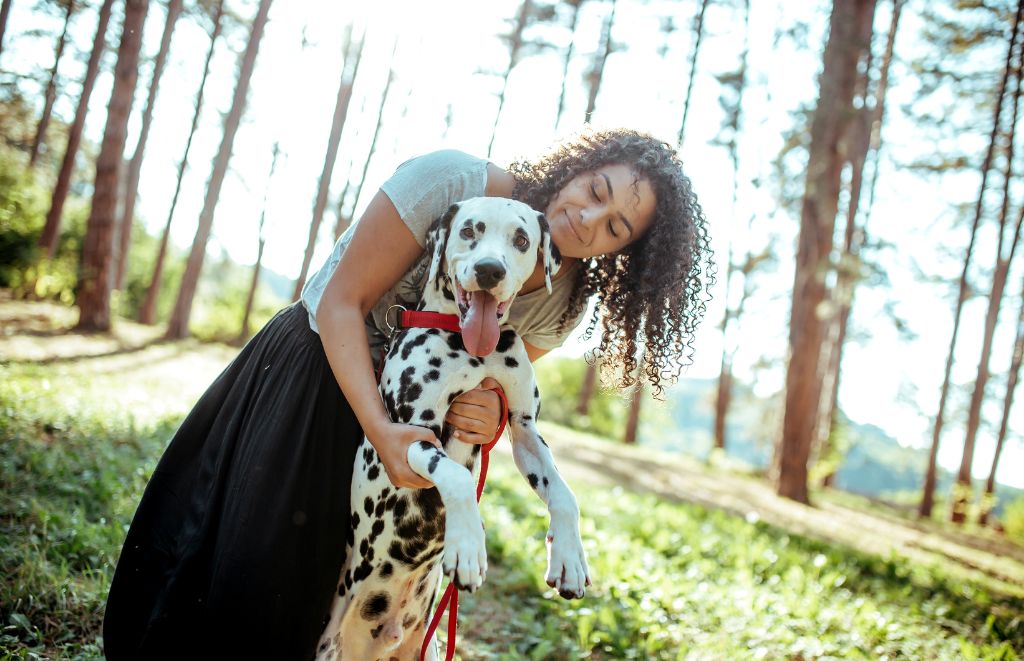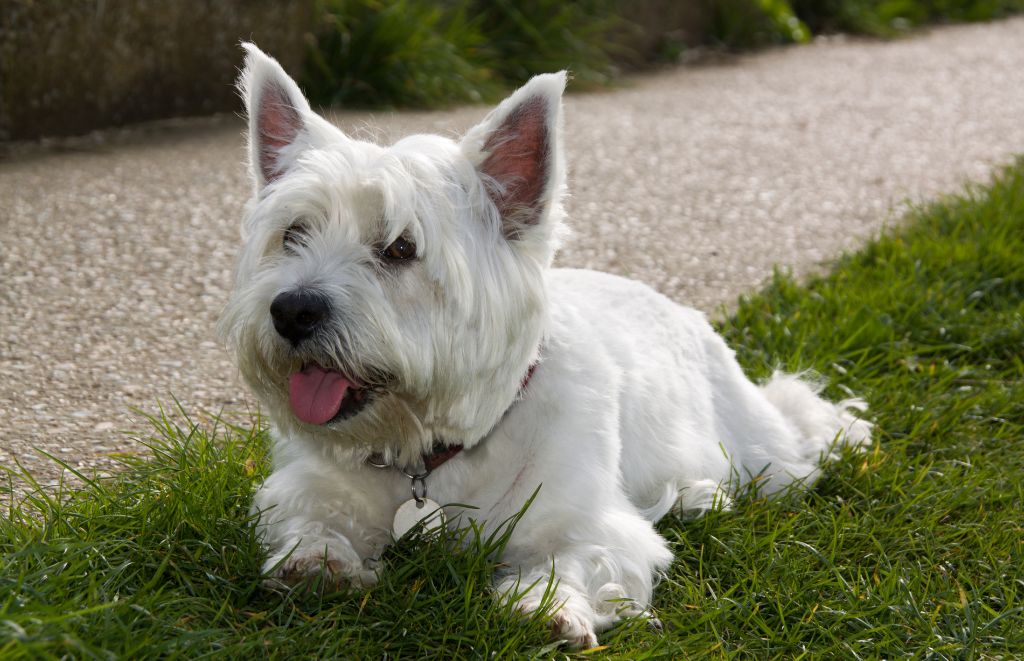We all love our dogs, but let’s be honest: they don’t always behave like perfect little angels. Whether it’s jumping on guests, chewing up shoes, or barking incessantly at the mailman, our furry friends can sometimes test our patience. The good news is, most problem behaviors can be managed or even eliminated with the right approach. One of the best tools in a dog owner’s training kit is “redirection.” In this post, we’ll take a deep dive into redirection—what it is, why it’s important, and how to use it effectively to improve your dog’s behavior.
What Does It Mean to Redirect Dog Behavior?
Redirection is all about shifting your dog’s focus from an unwanted action to something more appropriate. Instead of simply punishing your dog for doing something wrong, you guide them toward a behavior you want to see. Think of it like gently steering a boat off course to avoid an obstacle. The goal isn’t to criticize, but to teach.
For example, let’s say your dog starts chewing on your favorite pair of sneakers. Instead of yelling or punishing them, you could redirect their attention to a chew toy. This way, the dog learns that toys, not shoes, are for chewing. Over time, with consistency, your dog will begin to choose the toy over your sneakers without any prompt from you.
The key here is offering alternatives. Redirection helps your dog understand what they should be doing, which is way more effective (and kinder) than only focusing on what they shouldn’t do.
Why Is Redirection Important in Dog Training?
Redirection is important because it builds a positive training environment. Dogs, like people, learn better when they are encouraged rather than punished. By focusing on what you want your dog to do rather than what you don’t want, you create an atmosphere of cooperation and trust.
When you only punish bad behavior, dogs might become anxious or fearful, which can lead to more behavioral issues down the road. Redirection teaches them alternative behaviors without causing fear, making the learning process enjoyable and less stressful. It also builds a stronger bond between you and your dog because they start to see you as a guide rather than a source of punishment.
Moreover, redirection promotes better long-term results. When dogs are given a clear understanding of what is expected of them, they are more likely to repeat those positive behaviors, even when you’re not around.
How Can I Identify My Dog’s Problem Behaviors?
Before you can redirect your dog’s behavior, you need to know what behaviors are causing the issue. Some common problem behaviors in dogs include:
- Excessive barking: Whether at strangers, other dogs, or random noises, barking can be a big problem.
- Jumping on people: Dogs may jump to greet people, but not everyone appreciates a 50-pound dog launching at them.
- Chewing on furniture or personal items: Puppies and even some adult dogs love to chew—sometimes on things they shouldn’t.
- Digging: Whether in your garden or the yard, some dogs just can’t resist digging.
- Pulling on the leash: Dogs that drag you down the street during walks can make what should be a relaxing stroll quite stressful.
Understanding the triggers behind these behaviors is key. Is your dog barking at passing cars or people walking by the window? Are they chewing because they’re bored? Do they jump on guests out of excitement or to get attention?
Once you’ve pinpointed the behavior and its cause, you can start planning how to redirect it.
What Techniques Can I Use to Redirect My Dog?
There are several effective techniques for redirecting your dog’s behavior. The right one often depends on the specific behavior you’re addressing, but here are a few go-to methods:
1. Use Commands
Teaching basic commands like “sit,” “stay,” or “leave it” can be incredibly helpful for redirection. For example, if your dog jumps up when guests arrive, you can ask them to sit instead. Consistently practicing these commands in different settings helps your dog understand that sitting is more rewarding than jumping.
2. Provide Distractions
If your dog starts to engage in an unwanted behavior, use a distraction to shift their attention. For instance, if your dog barks at the doorbell, have a squeaky toy or treat ready to distract them before they start barking. This helps them associate the doorbell with something positive (like a toy) instead of barking.
3. Offer Alternatives
Dogs often misbehave out of boredom or because they haven’t learned the right way to behave. If your dog is chewing on furniture, offer a chew toy. If they’re digging up the yard, provide a designated area for digging and make it more rewarding by burying toys or treats there.
4. Teach the “Go To” Command
One powerful tool is teaching your dog to go to a specific place (like their bed) on command. This works especially well for jumping, barking, or even begging at the dinner table. When the behavior starts, simply say “go to your bed” and reward them when they follow through.
-
 “Wrinkly Hearts” Dog Bed53,00 € – 143,00 €
“Wrinkly Hearts” Dog Bed53,00 € – 143,00 € -
 “Purple Paw And Bone” Dog Bed53,00 € – 143,00 €
“Purple Paw And Bone” Dog Bed53,00 € – 143,00 €
How Do I Reinforce Positive Behavior After Redirection?
Positive reinforcement is crucial after redirection. When your dog responds correctly after being redirected, immediately reward them with praise, treats, or a favorite toy. This reinforces the idea that they’ve made the right choice, and they’ll be more likely to repeat the behavior in the future.
Timing is everything. The reward needs to come as soon as your dog performs the desired action so they can make the connection between the behavior and the reward. Consistent reinforcement helps solidify the lesson and makes the new behavior stick.
Also, don’t forget verbal praise. Dogs are sensitive to your tone of voice, so a happy, upbeat “good dog!” can go a long way in making them feel proud of their accomplishment.
When Should I Seek Professional Help for My Dog’s Behavior Issues?
Sometimes, despite your best efforts, certain behaviors can persist or worsen. In such cases, it might be time to seek help from a professional trainer or behaviorist. Signs you might need professional assistance include:
- Aggression: If your dog displays aggression toward other dogs or people, this requires immediate attention.
- Severe anxiety: Dogs with anxiety might exhibit destructive behaviors or show signs of distress like pacing or constant barking.
- Chronic misbehavior: If your dog doesn’t respond to redirection techniques and the problem behavior persists, professional training might be necessary.
Trainers and behaviorists can work with you to develop a personalized plan for your dog’s specific needs, making sure both you and your dog are on the same page.
What Are Some Common Mistakes to Avoid When Redirecting Behavior?
Redirection can be highly effective, but there are a few common mistakes that can hinder your progress:
1. Inconsistency
If you redirect your dog sometimes but not others, they won’t learn as effectively. Consistency is key—always follow through with redirection and reinforcement.
2. Using a Harsh Tone
Yelling or using an angry tone can cause anxiety and fear, which makes it harder for your dog to focus on learning the right behavior. Keep your tone calm but firm when redirecting.
3. Ignoring Triggers
It’s important to address the underlying cause of the behavior. If your dog is chewing because they’re bored, simply redirecting them won’t solve the issue. Make sure your dog is getting enough physical and mental stimulation.
How Can Environment Management Help Prevent Problem Behaviors?
Managing your dog’s environment is another crucial piece of the puzzle. The fewer opportunities your dog has to engage in problem behaviors, the easier it will be to redirect them. Here are some ways to manage the environment:
- Remove triggers: If your dog constantly barks at people passing by the window, consider blocking their view.
- Use barriers: Baby gates or crates can help prevent unwanted behaviors when you can’t supervise your dog closely.
- Provide mental stimulation: Make sure your dog has plenty of toys, puzzles, and activities to keep them mentally engaged and less likely to misbehave out of boredom.
By combining redirection with smart environmental management, you’ll set your dog up for success.
Final Thoughts
Redirecting your dog’s problem behaviors is a compassionate, effective way to guide them toward better habits. It encourages positive learning, builds trust, and makes training a much more pleasant experience for both you and your furry friend. Just remember to be patient, stay consistent, and always reward good behavior. Before you know it, your dog will be making better choices on their own—and you’ll both be happier for it!
Sources and References
- Pupford. “Redirecting Your Dog’s Problem Behaviors: Examples & Steps | Pupford.” Pupford.com, 2021, pupford.com/redirect-dogs-problem-behaviors/. Accessed 25 Sept. 2024.
- Aug 02, AKC Staff, et al. “Correcting Dog Behavior: How to Stop Bad Dog Behavior.” American Kennel Club, 11 Jan. 2021, www.akc.org/expert-advice/training/how-to-curb-unwanted-dog-behaviors/.








